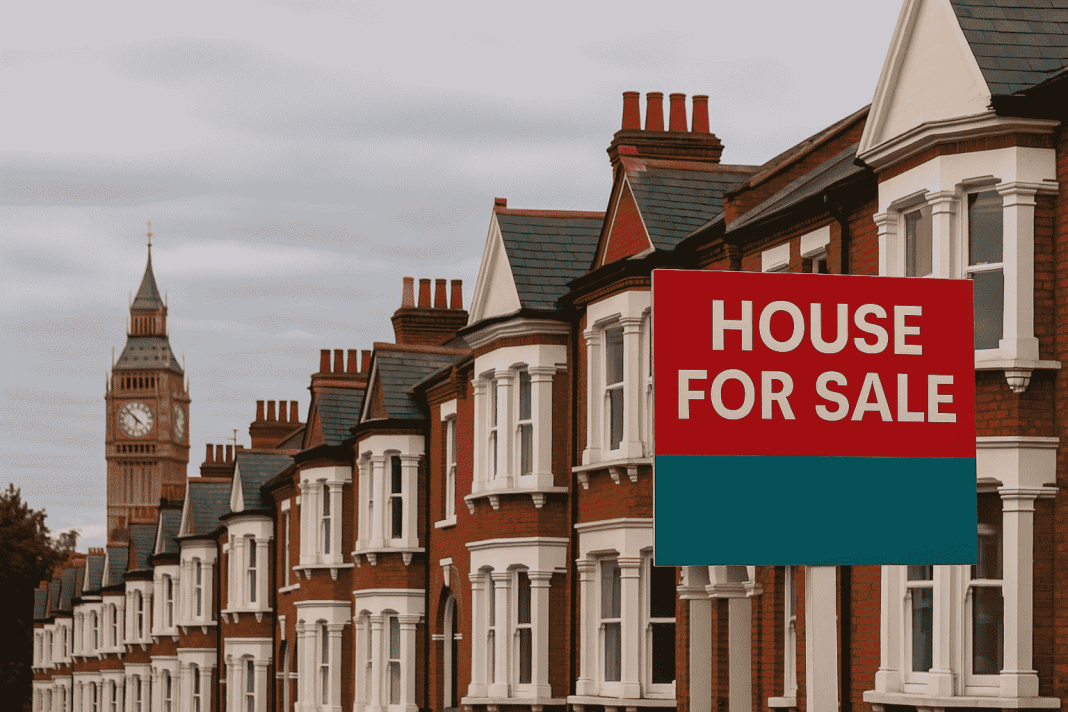How Interest Rates Impact UK Housing Demand
Buying a home is getting harder in Britain. Interest rates impact how much buyers can borrow, what sellers can ask, and whether investors stay confident. Today, rising rates have made mortgages pricier and pushed some buyers out of the market altogether.
For anyone eyeing the UK property market from first-time buyers to landlords and developers understanding how interest rates impact housing demand is more important than ever.
Why Do Interest Rates Impact Borrowing?
First, let’s break it down. When the Bank of England lifts the base rate, borrowing costs increase for banks. They pass these costs to homebuyers through higher mortgage rates.
A few years ago, a two-year fixed mortgage rate was under 2%. Now, the average is over 5.5%. For many families, this means hundreds more in monthly payments.
This jump in costs means fewer people qualify for big loans, shrinking UK housing demand overnight.
Check the Bank of England’s current rate here.
How Interest Rates Impact Buyer Decisions
Next, higher rates scare off some buyers completely. Those who still want to buy must save bigger deposits to lower their repayments. Others settle for smaller, cheaper homes to keep monthly costs manageable.
According to UK Finance, mortgage approvals dropped steadily in 2024 and early 2025. First-time buyers feel it worst. Many hope rates will drop soon, but experts warn low rates may not return anytime soon.
For tips, read this guide on homes..
How Interest Rates Impact House Prices
One clear sign of how interest rates impact the market is in house prices. During the pandemic, cheap borrowing helped prices surge by double digits. Now, the growth has slowed sharply.
Data shows average UK house prices edged up just 0.6% year-on-year in early 2025. In some London postcodes, prices have dipped slightly for the first time in years.
Buyers can’t stretch their budgets like they once did, so homes stay listed longer. Many sellers cut prices to find a buyer.
See the latest price trends from the ONS.
How Interest Rates Impact Landlords
Landlords also feel the squeeze. Many landlords use interest-only mortgages, so when rates rise, their repayments shoot up too. Some cover these extra costs by raising rents.
In big cities, higher rents mean tenants spend more of their income just to keep a roof over their heads. Saving for a deposit becomes almost impossible, which keeps many stuck renting longer than they’d like.
When tenants can’t save, UK housing demand for buying stays lower, extending the cycle.
Learn more about UK private renting rules here.
How Interest Rates Impact Developers
Developers don’t escape either. When buyer demand slows, builders risk new homes sitting empty for months. To avoid this, some pause or cancel planned housing projects.
Others try to tempt buyers with special deals. It’s common now for developers to offer help with mortgage payments for the first year, discounts on asking prices, or free upgrades to kitchens and gardens.
This shows how deeply interest rates impact confidence in new builds.
For the latest, see the Recovering housing market threatened by financial turmoil.
How Interest Rates Impact Regional Markets
Not every region reacts the same way. Expensive areas like London and the South East feel the pinch fastest because average mortgage sizes are bigger.
In the North and parts of Wales and Scotland, prices have held steadier. Lower average prices mean buyers there can handle higher rates more easily.
But if rates stay high for much longer, even more affordable regions could see demand drop and prices flatten out too.
How Interest Rates Impact Investors
Property investors watch the market closely. Higher borrowing costs mean lower profits if they rely on mortgages. Rising costs also hit rental yields if they can’t increase rent enough to cover bigger repayments.
Some investors now look abroad for better returns or shift money into other assets like stocks or bonds. This lowers investment demand in UK housing, adding more weight to the slowdown.
How Interest Rates Impact Market Outlook
What’s next? Many experts believe rates might peak by late 2025 if inflation keeps easing. A slight cut could follow in 2026. But no one expects rates to return to ultra-low levels anytime soon.
For buyers and sellers, this means planning carefully. Mortgage advisers now recommend fixing rates if possible, to avoid sudden payment jumps.
Buyers who wait too long for rates to drop may face higher prices later if demand rebounds quickly. It’s a balancing act: timing matters more than ever.
Key Takeaway
In short, interest rates impact every corner of the UK property market. They shape how much people can borrow, what sellers can ask for, how landlords price rents, and how developers build new homes.
Staying informed helps buyers make smart choices, sellers set realistic prices, and investors plan wisely.
Keep up with trusted news sources and watch the Bank of England’s announcements. Knowing how interest impact UK housing demand could save you thousands.



